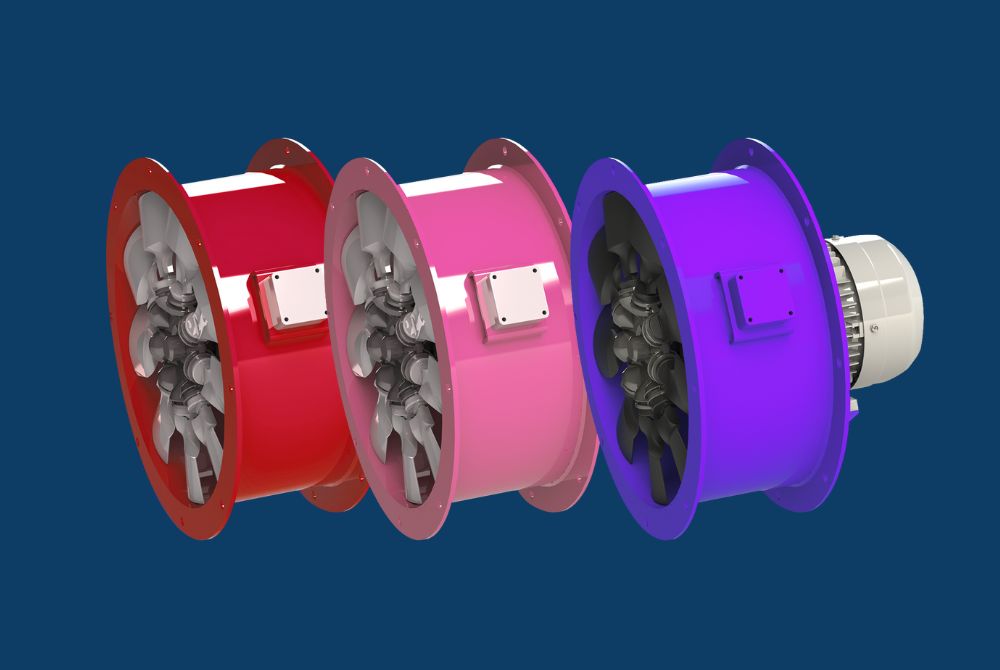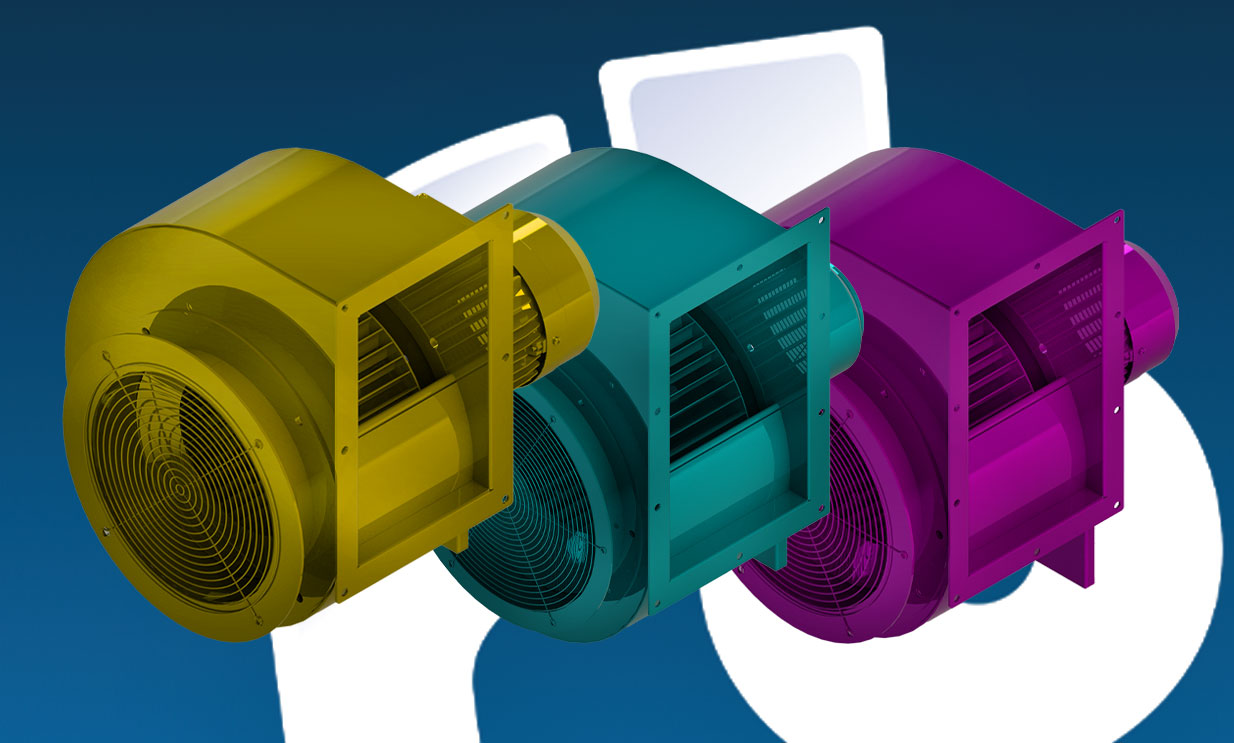


News
08.07.2025
Centrifugal blowers are essential components in industrial ventilation and process systems, used to move air or gases through ducting or equipment. But how is the centrifugal blower turned? At the heart of this process lies a simple mechanical principle: converting electrical or mechanical energy into rotational motion that drives the impeller.
In this blog, we explore how centrifugal blowers are powered, the different types of drive arrangements, and what factors influence blower performance and efficiency.
A centrifugal blower works by using a rotating impeller to accelerate air outward from the centre (inlet) to the perimeter (outlet), creating airflow and pressure. The impeller must be turned—usually by an electric motor or engine—using a specific drive configuration.
The most common types/methods of turning a centrifugal blower include:
Each has its own benefits and is suited to particular industrial conditions.
In a direct drive system, the impeller is mounted directly onto the motor shaft. The motor and blower rotate at the same speed, with no transmission in between.
In a belt drive arrangement, the motor and blower are connected via pulleys and a belt. This allows for greater flexibility in adjusting speed and torque.
A coupling drive uses a mechanical coupling between the motor and blower shaft, offering a more rigid connection than a belt but some isolation from misalignment or vibration.
Geared centrifugal blowers use a gearbox to multiply torque or reduce speed between motor and impeller. This setup is ideal for large-scale or high-pressure systems.
In addition to how the blower is turned, motor positioning also affects performance and maintenance:
Each arrangement affects the turning method, efficiency, space usage, and maintenance access.
When determining how a centrifugal blower is turned, consider these factors:
At Fans and Blowers, we offer a wide range of centrifugal blowers with direct, belt, and custom drive configurations. Our team can help you determine the best way to turn your blower based on your industrial needs.
Whether you're moving clean air, handling dust-laden gas, or delivering combustion air, the way your blower is turned affects efficiency, reliability, and longevity.
To summarise, a centrifugal blower is turned by mechanical energy transferred through direct shafts, belts, couplings, or gears. Each method has its place, depending on the application, size of the blower, and performance requirements.
Choosing the correct drive type ensures your blower operates efficiently, with minimal downtime and maximum air performance.
Get in touch with Fans and Blowers for expert advice on centrifugal blower systems designed to meet your exact requirements.
Return To NewsKeep up to date with our
Our Range


Worldwide shipping
International standards
High performance

